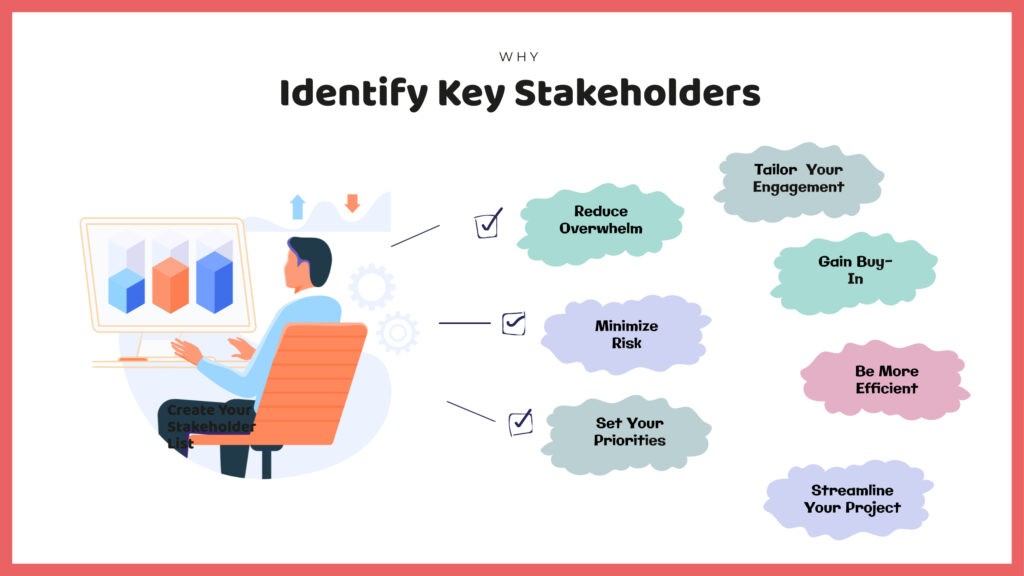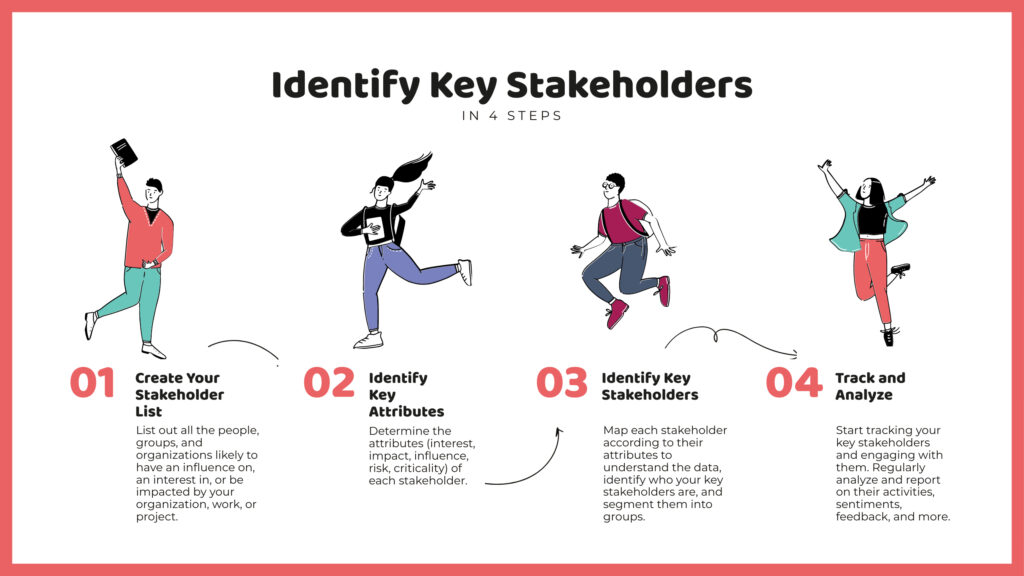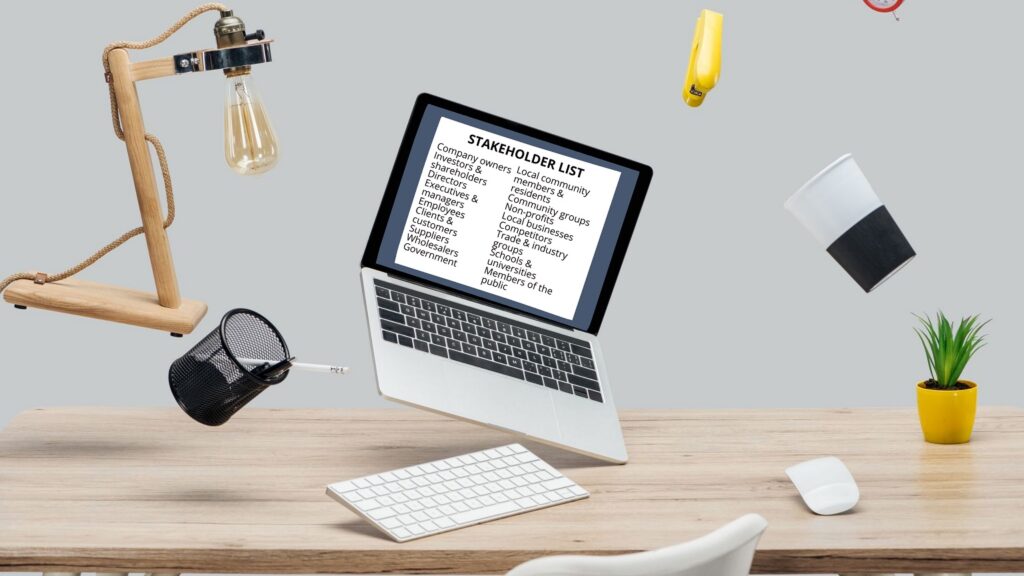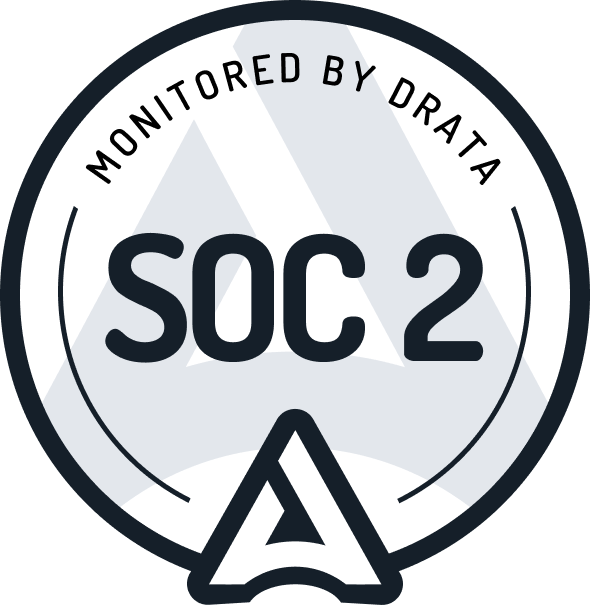What is stakeholder management?
How Do I Identify Key Stakeholders?
Need to identify your key stakeholders in a project? We share four steps to help you hone your lists down to your most critical stakeholders!

So… you know who your stakeholders are, but out of your stakeholder list, how do you identify your key stakeholders?
In other words, which of your stakeholders should you prioritize first — or dedicate more time to in your engagement?
It might sound like an easy enough challenge to tackle until you’re facing a list of hundreds (or even thousands) or potential stakeholders. Fortunately, there’s a way forward and we’ve got four simple steps that will help you get there!
What is a Key Stakeholder?
A stakeholder includes any people, groups, or organizations that could be impacted by, have an influence on, or an interest in your project or work.
A key stakeholder refers to any stakeholder that presents higher potential risk or reward and is more critical to the success of your project. These stakeholders will require closer management, frequent monitoring, and/or higher levels of engagement.
Why Identify Key Stakeholders?
There are a number of reasons project managers or consultation teams will usually identify key stakeholders as part of their engagement or consultation process. Identifying key stakeholders can help with:
- Reducing Overwhelm – Go from an overwhelming list of hundreds of potential stakeholders to a more manageable list that you can realistically engage with.
- Minimizing Risk – Identify which stakeholders present a higher potential risk and engage with them early on in the project.
- Setting Priorities – Take a more strategic approach to your engagement by prioritizing communications and engagement activities where you can have the greatest impact.
- Tailoring Your Engagement – Key stakeholders will likely need to get more frequent and/or detailed updates.
- Gaining Buy-In – Get buy-in from the stakeholders that will have the biggest impact on your project.
- Being More Efficient – Focus your time and resources where they matter most, and efficiently engage with a smaller list of key stakeholders.
- Streamline Your Project – By engaging frequently with key stakeholders who play an important role in your project, you can ensure your operations run smoothly.
With all these benefits in mind, it’s not surprising that identifying your key stakeholders is a best practice for stakeholder engagement.
4 Steps to Identify Key Stakeholders
There are four main steps to figuring out who your key stakeholders are, and then using these insights in your project or consultation.
Step 1: Create Your Stakeholder List
First thing’s first: there’s a little bit of pre-work involved before you can identify key stakeholders.
If you haven’t already, you’ll need to identify who your stakeholders are and create your stakeholder list.
| What’s a stakeholder list? Quite simply, it’s a comprehensive list of all the people and groups that may have an influence on, have an interest in, or be impacted by your project or work. You might keep this list in a spreadsheet or in your stakeholder management software.
Here’s a list of common stakeholders you might want to include:
|
Struggling to come up with your stakeholder list? Try brainstorming exercises to discover as many internal and external stakeholders as you can think of (and don’t be afraid to ask for help or think outside the box). For instance, if you’re building a wind farm, you might know you need to target the local members of government and any locally impacted businesses… but who else? Next, you could use Google Maps to identify each address in the impacted area or even a door-knocking campaign or community forum to meet as many impacted individuals as possible.
If you’ve created your stakeholder list, you’ve probably already noticed a bit of a problem. Chances are, you have more contacts on your list than you can reasonably engage with using your available resources. This is something that happens in nearly every organization, regardless of the size of your team! And that brings us to the next step.
Step 2: Identify Key Attributes and Stakeholders
Creating the stakeholder list is just a starting point. To be effective in your engagement, you’ll need to hone your stakeholder list down to identify key stakeholders.
Most of the time, this means identifying which stakeholders are critical to your project’s success, and/or which stakeholders present a high risk to the project. Typically, these stakeholders will also have higher levels of interest/impact/influence.
If you’re using Simply Stakeholders as your stakeholder management software, you can easily identify these factors.
The good news if you’re using Simply Stakeholders as your stakeholder management software, you can easily identify and track your key stakeholders! We chatted to the lovely Joi from the Simply Stakeholders Customer Success Team to find out more about how our stakeholder register works.
She shared that users can track:
- How interested a stakeholder is in their project
- How much they’re going to be impacted by it
- What type of influence they’re going to have on it
They can also map stakeholders and analyze them at a higher level, making it easy to identify which stakeholders are key to the project. And that leads into the next step…
Step 3: Identify Key Stakeholders
Once you’ve identified key attributes, stakeholder mapping is the best way to identify your key stakeholders. Stakeholder mapping is the process of placing your stakeholder attributes onto a chart to visualize the data, compare the position of different stakeholders, and analyze your stakeholders based on the attributes shown.
Popular stakeholder mapping methods include matrix models, grids, venn diagrams, relationship network diagrams, and (our favorite) multi-dimensional stakeholder maps. To learn more, check out our example stakeholder diagrams or download our stakeholder mapping templates.
Once you’ve mapped your stakeholders, you should be able to segment them into groups for tailored engagement strategies and communications.
Aside from stakeholder mapping, another way to identify key stakeholders is to ask the right questions. As you get further into your engagement process and get the chance to chat to stakeholders or survey them, you’ll gain further insights. So, stay open to updating your key stakeholder list as you learn more.
Step 4: Track and Analyze Your Key Stakeholders
Once you’ve identified key stakeholders… what do you actually do with that information?
You’re going to want to engage with your key stakeholders sooner and more frequently than your other stakeholders. So, set up your stakeholder records in a way that makes it easier to engage with and track them!
Inside Simply Stakeholders, one of the best things you can do is use the contact groups (our segmenting capabilities) to easily keep track of your key stakeholders and plan your engagement.
You can also use the dashboard to drill in and see if you’ve engaged with those influential/interested/impacted stakeholders — including whether you’re engaging with the right people and how recently you’ve engaged with them.
It’s also a good idea to regularly report on activities, sentiments, and feedback specific to your key stakeholders. After all, your key stakeholders’ feedback and sentiments will carry a lot more weight than the feedback you get from the rest of your stakeholder list. You can use this feedback to iterate on and improve your engagement.
 |
Example: Key Stakeholders in Mining
A good example of this is one of our clients in the mining space. They’re only really interested in identifying their interactions or stakeholders who are negative towards the project — these are their key stakeholders. Inside Simply Stakeholders, they can rate each interaction (or use the AI generated ratings) to mark it as positive or negative. Then they generate a report on this every month that identifies whether most of the negative sentiment is coming from a particular group of stakeholders, a specific mining site, or a certain location. They can take that report to their high level management team and use it to inform the next steps in their engagement so that they can be more effective. |
What About Your Other Stakeholders?
We’ve talked a lot about key stakeholders here… but what about everyone else? Can you simply leave them out of your engagement or consultation?
The short answer is: no.
You may not engage with your secondary stakeholders as early in the process, in as much detail, or as frequently. But you should still plan to engage with them in some limited capacity, even if it’s just publishing project updates on your website and inviting anyone to submit comments to an email address.
It’s worth noting that some stakeholders might be important even if they don’t have a direct impact or influence. For instance, relationship mapping might reveal an individual that’s well-connected in the community or has an influence on another key stakeholder (that may even be harder to reach directly!). It’s well worth building a relationship and engaging regularly with these stakeholders, too.
And some of your secondary stakeholders might be more important than you think — they might even become key stakeholders as your project goes on. So, keep them in the loop and be prepared to update your key stakeholder list if and when things change.
Learn More
Looking for a better way to do stakeholder identification and track your most important stakeholder relationships? Simply Stakeholders has you covered. Contact our team to request a demo or find out more about our features!
In the meantime, check out our related content to learn more about stakeholder lists and identification:
- How to Improve Your Stakeholder Lists – 5 Things You Can Do Right Now
- The Importance of Stakeholders: Identifying and Prioritizing Stakeholder Engagement
- What is Relationship Mapping?
- Top 5 Common Mistakes in Managing Stakeholders and How To Avoid Them
- Who Are The Key Stakeholders in Renewable Energy Projects?






